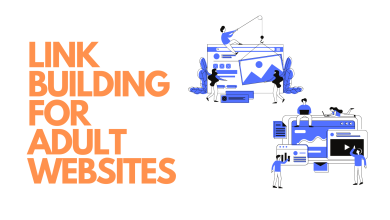How to Clean a Leather Wallet?

Leather items are always a good choice that one can include in one’s wardrobe. When it comes to belts, purses, and wallets then you must choose leather items and not something ordinary. A leather item brings you a class. Here, we are going to talk about leather wallets and will know about the ways their originality can be maintained. Casual Leather Belts for Men wherever it is available, be it online or offline. Anything can be kept for a longer duration, the only thing we need to focus on is, the way we can maintain it.
Few Tips to Clean Your Leather Wallet
Cleaning is a very important part of living a healthy life. And to maintain a leather wallet’s originality for a longer period is always a smart choice. Cleaning your leather wallet doesn’t mean washing it with harsh soaps, baking powder, or anything that has ammonia or bleach present in it. It might remove the stain but on the other hand, it will vanish all the moisture present in the wallet and will make it rough by nature.
So, there are ways that you must follow to clean your leather wallet.
Cleaning
The very first thing you need to do is make your leather wallet dust free. For this, you need to take out all the stuff from your wallet and with a small piece of cotton cloth remove the dust which will help you in cleaning efficiently. Or you can also take the help of a fabric brush. Then take a wet brush or a cloth dip in a fabric soap, whatever you prefer, and slowly slide out the brush. Then take the dry one and wipe it again.
Removing Stains
- It is very normal to have stains on your favourite product. And when we notice stains on the wallet it makes us feel very low. For this, you can use a nail polish remover or you can take the help of alcoholic items that help clean tough stains. Remember not to rub harshly on that area rather do it softly with a piece of cotton cloth dipped in alcohol or nail paint remover.
- But if your wallet has stains of oil or greasy things, neither of these will work. Here, we will require soda or cornstarch to remove tough stains as it absorbs them. But after using these things, your wallet needs to dry properly so that after drying, you are not left with the powder things. After drying you can just wipe out the leftover powder.
- You can also use lemon juice along with the cream of tartar by mixing it and making it a paste and applying it on the stains as it has a mild bleaching effect. But remember not to try this on any dark-coloured leather wallets as it makes it discolour a bit.
Conditioning
After cleaning and removing stains, you can go for conditioning your leather item so that it can have the required amount of moisture. It also protects the wallet from cracks and it also makes it shine. It is not necessary to buy leather conditioners. If you have no extra amount to invest, you can just make it buy your own. You just need a few drops of vinegar and oil. Make it a paste and apply on that particular area and then wipe it first with a damp cloth and then with a dry, soft cloth.
Conclusion
Leather items are a bit expensive but last longer than you can even imagine. It looks classy to use. Just by taking proper care, your product might look even better and can stick to its originality for a longer duration. You can purchase Casual Belts For Men wherever you want to purchase them. It is available on all platforms, be it online as well as offline. The only thing you need to take care of is cleaning your items regularly so that they can avoid stains and you are good to go.



